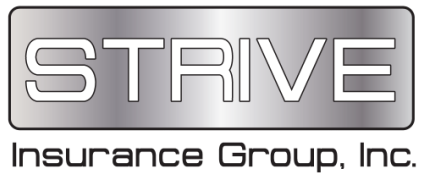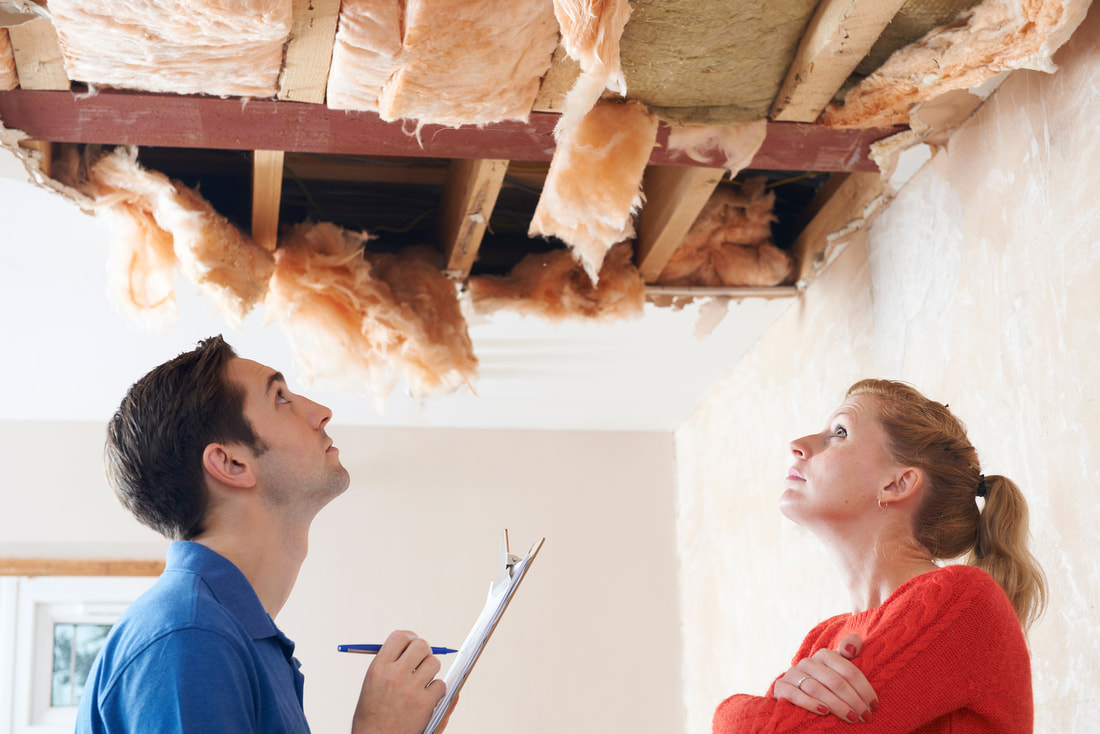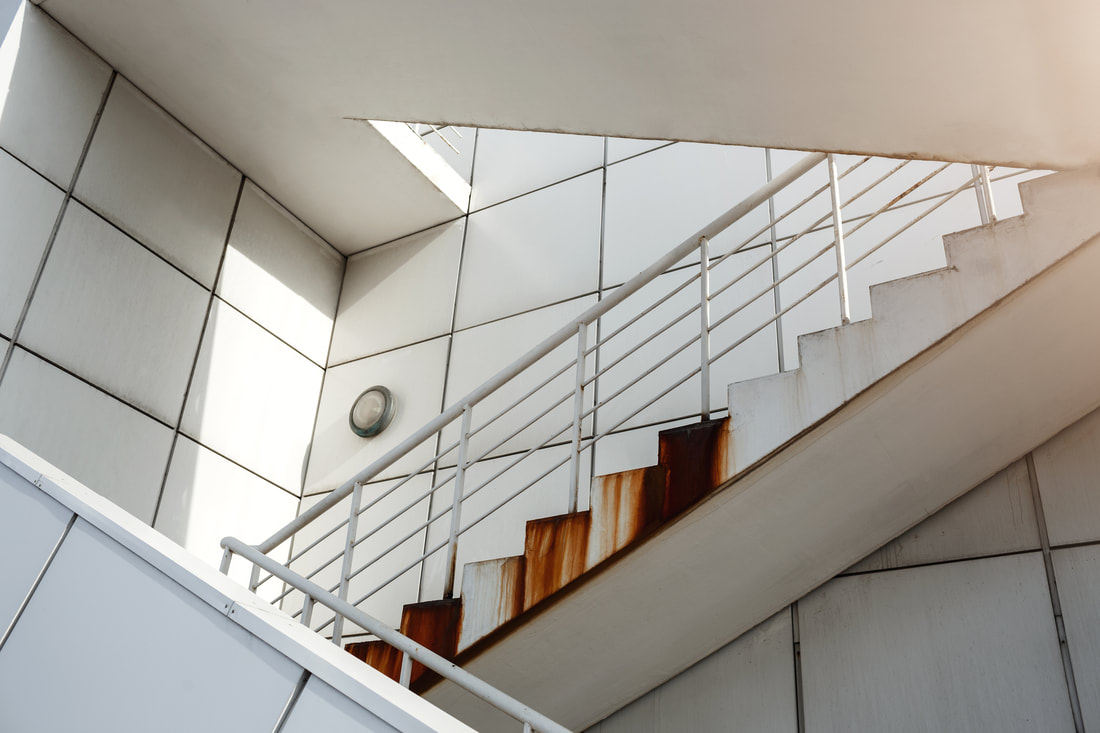|
Home insurance stands as a safeguard against the uncertainties that come with owning a property. It provides financial protection in case of damage, theft, liability claims, and other unforeseen events. While the appeal of affordable premiums can be enticing, it's essential to be aware of the potential downsides associated with opting for the cheapest home insurance available.
1. Inadequate Coverage: One of the most significant downsides of cheap home insurance is the potential for inadequate coverage. Bargain policies often provide minimal protection, leaving homeowners vulnerable to significant financial losses in the event of a disaster. Basic coverage might not encompass all the risks that your property and possessions face, which could lead to out-of-pocket expenses that outweigh any initial savings. 2. High Deductibles: Cheap home insurance policies frequently come with high deductibles. A deductible is the amount you have to pay out of pocket before your insurance coverage kicks in. While opting for higher deductibles can lower your monthly premiums, it also means that you'll have to bear a more substantial financial burden when you need to make a claim. This can be particularly challenging in the wake of a significant event, such as a fire or natural disaster. 3. Limited Additional Coverages: Affordable home insurance policies often lack the flexibility to add optional coverages that could enhance your protection. These additional coverages might include provisions for jewelry, electronics, or other high-value items. Without these options, you might find yourself without proper coverage for items that are of significant value to you. 4. Risk of Insufficient Liability Coverage: Cheap home insurance might provide the minimum liability coverage required, but this might not be enough to adequately protect you in the event of a lawsuit. If someone gets injured on your property and sues you for damages, insufficient liability coverage could leave you personally responsible for covering the remaining expenses. 5. Poor Claims Process: Cut-rate insurance companies often prioritize cost-cutting over efficient claims processing. This can lead to lengthy delays and frustrating experiences when you're trying to file a claim. Slow claims processing can further compound the stress and financial strain that can arise after a disaster. 6. Exclusions and Limitations: Cheap home insurance policies tend to have more exclusions and limitations, which can restrict the situations in which you can make a claim. Certain types of damages or events might not be covered under these policies, leaving you vulnerable to potential financial losses. While cheap home insurance might seem like a cost-effective solution, it's important to recognize the potential downsides that come with it. Inadequate coverage, high deductibles, limited additional coverages, insufficient liability protection, and unreliable customer service are just a few of the trade-offs that could leave you exposed to significant financial risks. When selecting a home insurance policy, striking a balance between affordability and comprehensive coverage is crucial to ensure that your home and belongings are adequately protected in the face of unexpected events. Commercial property insurance is a vital safeguard for businesses of all sizes. Whether you own a small retail store or a large industrial complex, protecting your assets from unforeseen events is essential. Commercial property insurance provides coverage for damages or losses to your business property, including buildings, inventory, equipment, and more. To ensure you have the right coverage, here are five keys to understanding and obtaining commercial property insurance:
Assess Your Property and Its Value Before you can secure the right insurance policy, you need to thoroughly assess your property and its value. This step involves taking an inventory of your business assets, such as buildings, machinery, office equipment, inventory, and even outdoor signs. Make a detailed list of everything you want to insure, including their estimated value. Having a clear understanding of the value of your property will help you determine the appropriate coverage limits. Consider working with a professional appraiser or your insurance provider to get an accurate assessment. Understand Coverage Types Commercial property insurance typically comes in two primary forms: named peril and open peril (also known as all-risk) coverage. Named peril policies provide coverage for specific perils, like fire, theft, or vandalism, which are explicitly mentioned in the policy. Open peril policies, on the other hand, cover a broader range of risks, except for those explicitly excluded. Most businesses opt for open peril policies as they provide broader protection, but they may come at a higher premium. Understanding the coverage type is crucial, as it determines what events are covered and which are not. Consider Additional Coverages In addition to basic property coverage, there are several additional coverages you should consider to enhance your protection. These may include: Business interruption insurance: This coverage can help replace lost income and cover expenses when your business operations are interrupted due to a covered peril. Equipment breakdown insurance: This covers the cost of repairing or replacing equipment and machinery that breakdown due to a sudden and accidental mechanical or electrical failure. Flood insurance: Standard property insurance typically doesn't cover damage caused by floods, so if your business is located in a flood-prone area, it's essential to purchase separate flood insurance. Earthquake insurance: Similar to flood insurance, this coverage is necessary if you're in an earthquake-prone region. Review your specific business needs and location to determine which additional coverages are necessary for your property insurance policy. Policy Deductibles and Premiums Commercial property insurance policies often come with deductibles and premiums. The deductible is the amount you agree to pay out of pocket before your insurance coverage kicks in. Higher deductibles can lower your premium costs, but it's essential to balance this with your ability to cover the deductible in case of a loss. Premiums are the ongoing payments you make for your insurance coverage. When determining your premium, insurance companies consider various factors, including the type of property, location, security measures, and the coverage limits. Be sure to get quotes from multiple insurers to find the best balance of coverage and cost for your specific needs. Review and Update Your Policy Regularly Once you have commercial property insurance in place, don't forget to regularly review and update your policy. As your business grows and changes, so do your insurance needs. Any significant renovations, property acquisitions, or changes in your business operations should be promptly reported to your insurance provider. Failing to keep your policy up to date can result in coverage gaps or insufficient protection. It's also wise to annually review your policy to ensure it still meets your business requirements and is priced competitively. Commercial property insurance is a vital component of your business risk management strategy. Understanding the keys to obtaining the right coverage—assessing your property and its value, understanding coverage types, considering additional coverages, managing deductibles and premiums, and reviewing and updating your policy—will help ensure your business is adequately protected in the event of unexpected disasters or accidents. Work closely with your insurance provider to customize a policy that meets your specific needs, and don't hesitate to seek professional guidance when necessary. Protecting your commercial property is an investment that can save your business from financial hardship in the long run. Medical Buildings
Managing property risks in a medical building is crucial to ensure the safety of patients, staff, and valuable assets, while also safeguarding the reputation and financial stability of the healthcare facility. Medical buildings are unique in that they house sensitive equipment, handle patient care, and must adhere to strict regulations. Robust Maintenance Protocols Regular and thorough maintenance is the foundation of managing property risks in a medical building. Establishing and adhering to a robust maintenance protocol not only prevents equipment breakdowns but also addresses potential hazards before they escalate. Here are key aspects to consider:
Maintaining a secure medical building is vital to safeguard sensitive patient information, expensive medical equipment, and the well-being of individuals within the facility. Robust security measures can significantly mitigate risks. Consider the following strategies:
Despite thorough maintenance and security measures, certain risks are unpredictable and can lead to financial liabilities. Property insurance plays a crucial role in mitigating these risks. Here's how to approach insurance and risk transfer:
Top of Form |
Archives
June 2024
Categories
All
|




 RSS Feed
RSS Feed
10/24/2023
0 Comments